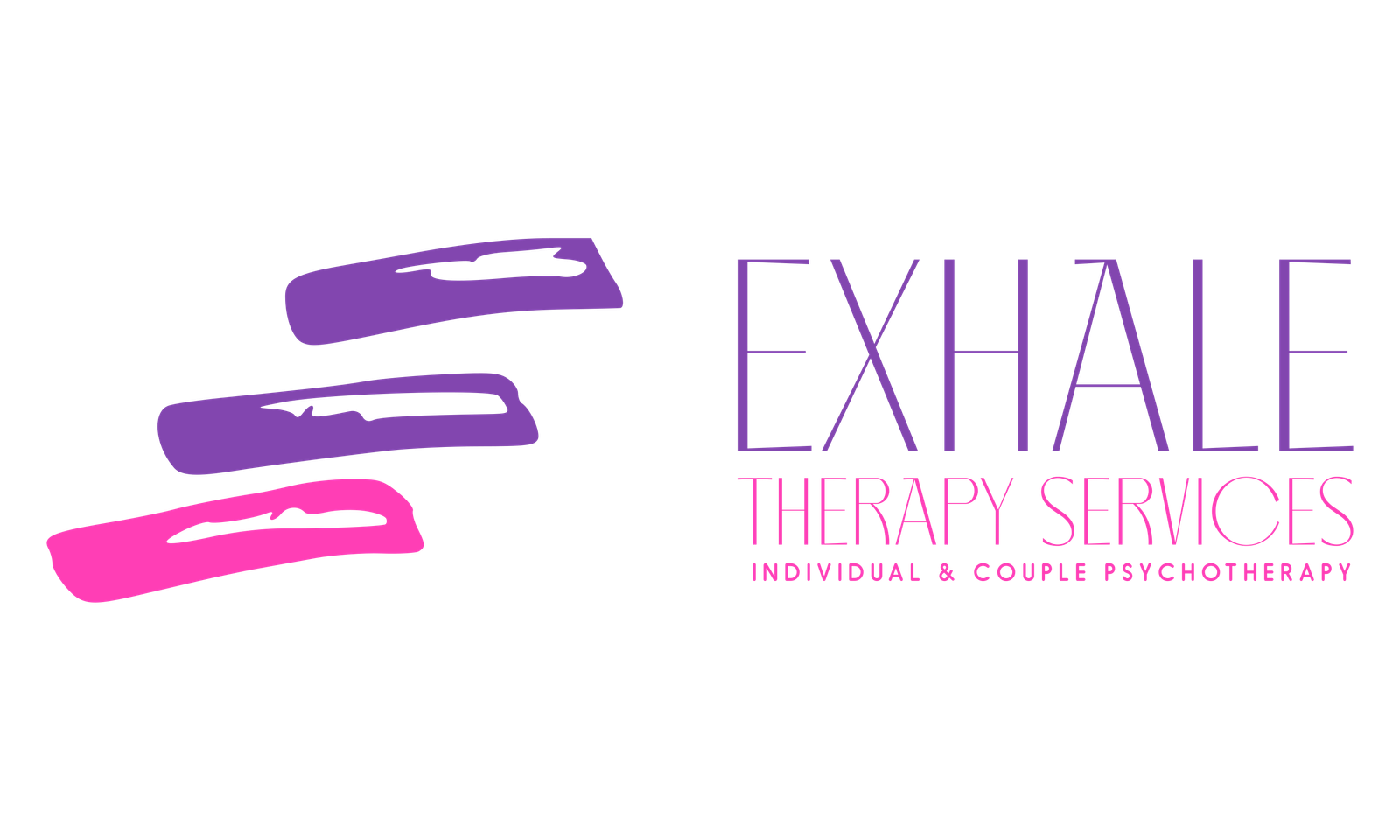Understanding DBT: How Dialectical Behavior Therapy Can Help You Overcome Emotional Challenges

Image Source: FreeImages
Introduction to Dialectical Behavior Therapy (DBT)
Dialectical Behavior Therapy, or DBT, is a form of psychotherapy that has gained popularity in recent years for its effectiveness in treating a wide range of mental health issues. Originally developed to help individuals who struggle with Borderline Personality Disorder (BPD), DBT has since been adapted to treat other conditions such as anxiety, depression, and other emotional challenges. In this article, we will explore the ins and outs of DBT, its history, and how it can help you overcome emotional challenges.
DBT is a type of cognitive-behavioral therapy, which means it focuses on the connections between your thoughts, feelings, and behaviors. By examining these connections, you can learn to identify and change negative thought patterns and behaviors that contribute to emotional distress. What sets DBT apart from other cognitive-behavioral therapies is its unique focus on the concept of dialectics – the idea that seemingly opposing forces can be brought together to find a balanced, effective solution.
If you’re curious about DBT and how it might help you or a loved one, please read on to learn more about this powerful therapeutic approach. We’ll discuss what DBT is and its core principles, delve into its history and development, and explore how DBT can help with anxiety and emotional challenges. We’ll also look at the four main components of DBT, its limitations and potential drawbacks, and the benefits of DBT for mental health. Finally, we’ll provide you with self-help resources and books for learning DBT, so you can decide if this therapy is right for you.
What is DBT and its core principles?
At its core, DBT is a therapy that combines cognitive-behavioral techniques with mindfulness practices and acceptance-based strategies. This unique blend allows individuals to develop new skills for managing their emotions, improving their relationships, and increasing their overall well-being. There are four main principles that guide DBT, and they include mindfulness, interpersonal effectiveness, emotion regulation, and distress tolerance.
Mindfulness is a key aspect of DBT, as it teaches individuals to become more aware of their thoughts, feelings, and bodily sensations in the present moment. This heightened awareness allows them to observe their experiences without judgment and to make more informed choices about how to respond to their emotions. Interpersonal effectiveness, on the other hand, focuses on improving communication and assertiveness skills so that individuals can build and maintain healthy relationships.
Emotion regulation is another critical component of DBT. This principle involves learning to understand and manage emotions more effectively, including identifying and changing negative beliefs about emotions, increasing positive emotional experiences, and reducing vulnerability to emotional distress. Lastly, distress tolerance teaches individuals how to tolerate and cope with difficult situations and emotions without resorting to self-destructive behaviors.
The history and development of DBT
DBT was first developed in the late 1980s by psychologist Dr. Marsha Linehan as a treatment for individuals with Borderline Personality Disorder (BPD). At the time, traditional cognitive-behavioral therapy (CBT) techniques were not as effective in treating BPD, as individuals with this disorder often struggled with self-harm, suicidal thoughts, and extreme emotional instability.
Dr. Linehan recognized the need for a more comprehensive approach, and she began to integrate elements of Zen Buddhism, mindfulness, and acceptance-based strategies into her work. This new approach, which she called Dialectical Behavior Therapy, was designed to help individuals with BPD find a balance between accepting their emotions and making changes to improve their lives. Over time, DBT has been adapted to treat a variety of other mental health issues, including anxiety, depression, and substance abuse disorders.
How DBT can help with anxiety and emotional challenges
Anxiety is a common mental health concern that affects millions of people worldwide. It can manifest in various ways, such as generalized anxiety disorder, panic disorder, social anxiety disorder, and obsessive-compulsive disorder. Traditional treatments for anxiety often include medication and cognitive-behavioral therapy. However, DBT has also shown promise in helping individuals manage their anxiety symptoms more effectively.
One way DBT can help with anxiety is by teaching individuals mindfulness techniques that allow them to become more aware of their anxious thoughts and feelings. Through regular mindfulness practice, individuals can learn to observe their anxiety without judgment and to respond to it more effectively. In addition, DBT helps individuals develop better emotion regulation skills, which can be particularly helpful for those who struggle with intense anxiety or panic attacks.
DBT also addresses emotional challenges by teaching individuals distress tolerance skills, which can help them cope with difficult situations and emotions without resorting to unhealthy coping mechanisms. These skills include self-soothing techniques, distraction strategies, and problem-solving approaches that can help individuals navigate challenging emotional experiences.
Limitations and potential drawbacks of DBT
While DBT has been shown to be effective in treating a variety of mental health issues, it’s important to recognize that it may not be the right treatment approach for everyone. Some potential limitations and drawbacks of DBT include:
- Time commitment: DBT typically involves a significant time commitment, with individuals attending weekly individual therapy sessions, group skills training sessions, and potentially participating in phone coaching. This level of commitment may be challenging for some individuals, particularly those with busy schedules or limited access to mental health services.
- Cost: DBT can be expensive, as it often involves multiple therapy sessions per week and may not be covered by all insurance providers. Individuals may also need to purchase books or other resources to participate in the program fully.
- Therapist availability: DBT is a specialized form of therapy, and not all therapists are trained in this approach. It may be challenging to find a qualified DBT therapist in some areas, particularly in rural or underserved communities.
- Not suitable for all mental health issues: While DBT has been shown to be effective in treating several mental health issues, it may not be the best treatment approach for everyone. Individuals with certain mental health conditions, such as psychosis or severe bipolar disorder, may require different treatment approaches.
Benefits of DBT for mental health
Despite its limitations, DBT offers several benefits for individuals struggling with emotional challenges. Some of the key benefits of DBT include:
- Improved emotion regulation: DBT teaches individuals how to better understand and manage their emotions, which can lead to improved emotional stability and a decreased likelihood of engaging in self-destructive behaviors.
- Enhanced interpersonal skills: By learning effective communication and assertiveness techniques, individuals can improvetheir relationships and build stronger connections with others, leading to a greater sense of social support and overall well-being.
- Greater self-awareness: Through mindfulness practice and the development of distress tolerance skills, individuals can become more aware of their internal experiences and learn to respond to them in healthy, adaptive ways.
- Reduced symptoms of anxiety and depression: DBT has been shown to be effective in reducing symptoms of anxiety and depression, making it a valuable treatment option for individuals struggling with these common mental health issues.
- Increased overall quality of life: By improving emotional stability, building stronger relationships, and developing new coping skills, individuals can experience an overall improvement in their quality of life and sense of well-being.
Self-help resources and books for learning DBT
If you’re interested in learning more about DBT and how it might help you or a loved one, there are several resources available to help you get started. Some popular DBT books and workbooks include:
- “The Dialectical Behavior Therapy Skills Workbook” by Matthew McKay, Jeffrey C. Wood, and Jeffrey Brantley
- “DBT Skills Training Handouts and Worksheets” by Marsha M. Linehan
- “DBT Made Simple: A Step-by-Step Guide to Dialectical Behavior Therapy” by Sheri Van Dijk
- “The Big Book of DBT: Tools for Managing Emotional Distress, Improving Communication, and Building Better Relationships” by Jeff Riggenbach
In addition to these resources, there are also online courses and support groups available for individuals interested in learning more about DBT. Some popular options include:
- Behavioral Tech: A website that offers online training courses, workshops, and resources for mental health professionals interested in learning DBT.
- DBT Peer Connections: An online community of individuals who have completed DBT and are interested in connecting with others who have had similar experiences.
- The Linehan Institute: A non-profit organization founded by Dr. Marsha Linehan that offers training, research, and resources related to DBT.
Conclusion: Is DBT right for you?
Dialectical Behavior Therapy is a powerful therapeutic approach that has helped many individuals overcome emotional challenges and improve their overall quality of life. By combining cognitive-behavioral techniques with mindfulness practices and acceptance-based strategies, DBT provides a comprehensive approach to managing emotions, improving relationships, and increasing well-being.
If you’re struggling with anxiety, depression, or other emotional challenges, DBT may be a valuable treatment option to consider. However, it’s important to recognize that DBT may not be the right approach for everyone and that it does have potential limitations and drawbacks. By educating yourself about DBT, speaking with a qualified mental health professional, and exploring self-help resources, you can determine whether DBT is the right choice for you.
Remember, seeking help for mental health concerns is a sign of strength, not weakness. With the right support and resources, you can overcome emotional challenges and live a fulfilling, satisfying life.




